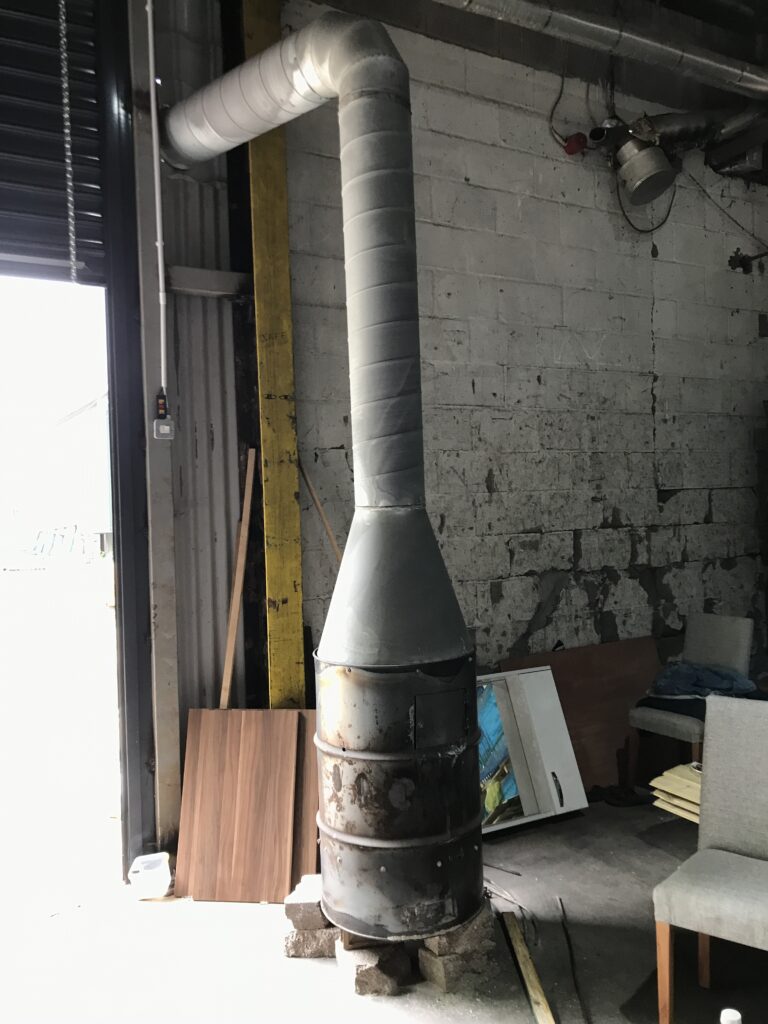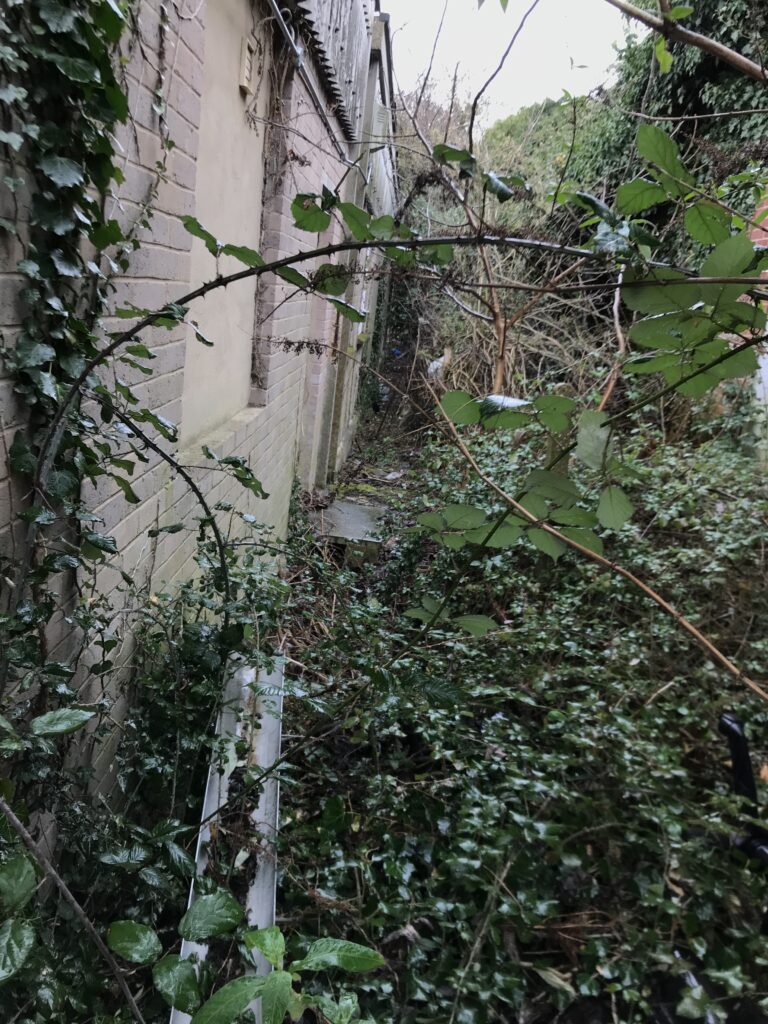Please note that information detailed in this article has been produced by Arch Insurance risk managers and/or surveyors and has not been verified for accuracy by a third party. None of the information should be taken as legal or professional advice.
Following on from our last Surveyors update in Q1 2023, we’ve rounded up useful insights and content to help keep you and your clients in the know about any relevant changes and risk concerns our team have encountered in this last quarter.
Fire Safety: Recent case studies
LPG forklift truck fires
Purely from an anecdotal perspective, Arch surveyors have been made aware of an increase in the occurrence of fires involving liquefied petroleum gas (LPG) fuelled forklift trucks and over-cranking of the engine.
Repeated starting attempts can lead to a release of unburned LPG, which is extremely flammable and can then ignite. While the cause is unclear and investigations are ongoing; there is a suggestion that it is a consequence of stockpiling of LPG, however this seems unlikely, as (unlike petrol or diesel) LPG can last for decades in storage. A Health & Safety Executive bulletin here provides further information.
Balcony fires
Around 80 people were evacuated during a recent fire at a block of flats in Croydon which destroyed two flats and damaged a third. The fire – attended by eight fire appliances and 60 firefighters – was caused by an unattended barbecue and spread rapidly up the outside of the building via stacked timber balconies (video here). With the barbecue season now upon us, it seems unlikely this will be the last such fire this year.
A number of recent balcony fires have also prompted Greater Manchester Fire & Rescue Service to issue a fire safety warning. Two balcony fires on consecutive days in June were both caused by carelessly discarded smoking materials. Details can be found here.
Surge in kitchen ventilation hygiene compliance
The Building Engineering Services Association (BESA) has reported a dramatic increase in demand for cleaning and maintenance of kitchen extraction systems over the past year. There is at least one serious commercial kitchen fire every day in the UK and owners are becoming increasingly aware of the importance of maintaining grease extraction systems to minimise the risk of fire spread. Find out more here.
Institution of Structural Engineers publishes new car park design guidance
The Institution of Structural Engineers has recently published new guidance addressing (amongst other issues) concerns around lithium-ion battery fires and the growing risks posed by large numbers of electric vehicles in one place. It is aimed at those involved in procuring car parks and covers design considerations for structural and civil engineers. Details here.
Fire Industry Association (FIA) issues Scottish fire alarm guidance
The Scottish Fire & Rescue Service (SFRS) has stopped attending automatic fire alarm callouts to business premises, unless a fire has been confirmed. The ‘call challenge’ policy came into place on 1st July and will not apply to premises with sleeping accommodation such as hospitals, care homes, hotels and domestic dwellings. The FIA has, in close collaboration with SFRS, published new guidance on the safe investigation of fire alarm signals in Scotland. Further details here.
Fire Protection Association (FPA) Publications
RC7 ‘Risk control for hot work’
Serious fires frequently occur during maintenance and construction operations where hot work – involving the use or generation of heat, flames or sparks – is proceeding on machinery/plant/services or the fabric of buildings. FPA publication RC7 combines good practice risk control guidance for property protection during hot work and includes a hot work permit and checklist and has recently been revised. Free download here.
RC59 ‘Fire safety when charging electric vehicles’
This free webinar (available on demand, duration one hour) looks at the hazards associated with charging of electric vehicles, provides key guidance and includes a review of major fires in enclosed car parks. You can register here.
Need to Know Guide RE3 ‘Rooftop-mounted PV solar systems’
Photovoltaic (PV) solar is one of the fastest-growing forms of energy-generating technology. This guide – which complements FPA publication RC62 ‘Recommendations for fire safety with PV panel installations’ – was released in April and highlights the hazards associated with PV solar installations and provides risk control recommendations. Free download is available here.
Approved Document B: Fire Safety Volumes 1 and 2 insurer editions
Approved Document B (ADB) of the Building Regulations sets out the fire safety provisions for residential (Volume 1) and non-residential (Volume 2) buildings. These newly released FPA publications consolidate the 2019 editions with 2020 and 2022 amendments and are annotated with insurers’ requirements for property protection. They apply in England and can be downloaded free of charge here.
Escape of Water
The Alliance for Sustainable Building Products has recently published a paper titled ‘Escape of water in buildings due to plastic pipe plumbing failures.’ Access the free download here.
Risks Spotted on Survey
This feature aims to give a flavour of the things the Risk Control Survey Team encounters during site visits and help highlight potential areas of concern.
The photo below shows an improvised waste wood burner made from a steel drum balanced on concrete blocks. The flue is made from spiral pipe designed for use in ventilation systems and wholly unsuitable for this purpose. Any heater looking such as this one would generally be deemed unacceptable from an underwriting perspective.

The area in this photo is a designated escape route at the rear of an insured’s premises, and in this overgrown state, considered a serious fire safety breach. Risk improvements were issued by our surveyors requiring the vegetation to be cleared, a safe ground surface laid, and external automatic lighting installed, to enable safe egress in the event of a fire or other emergency.

The insured is additionally required to undertake regular maintenance checks to ensure the escape route remains free from obstruction and in safe usable condition. Our surveyors will continue to monitor this during future survey visits.